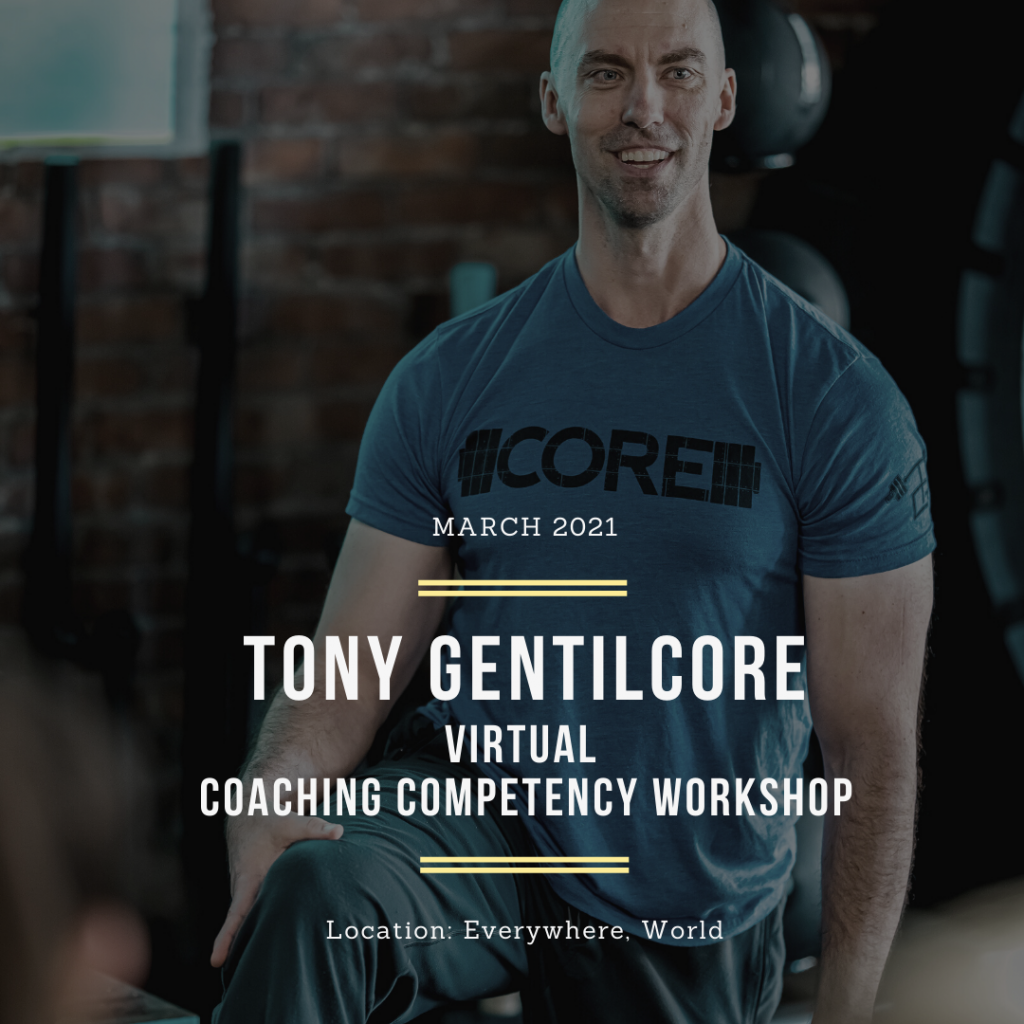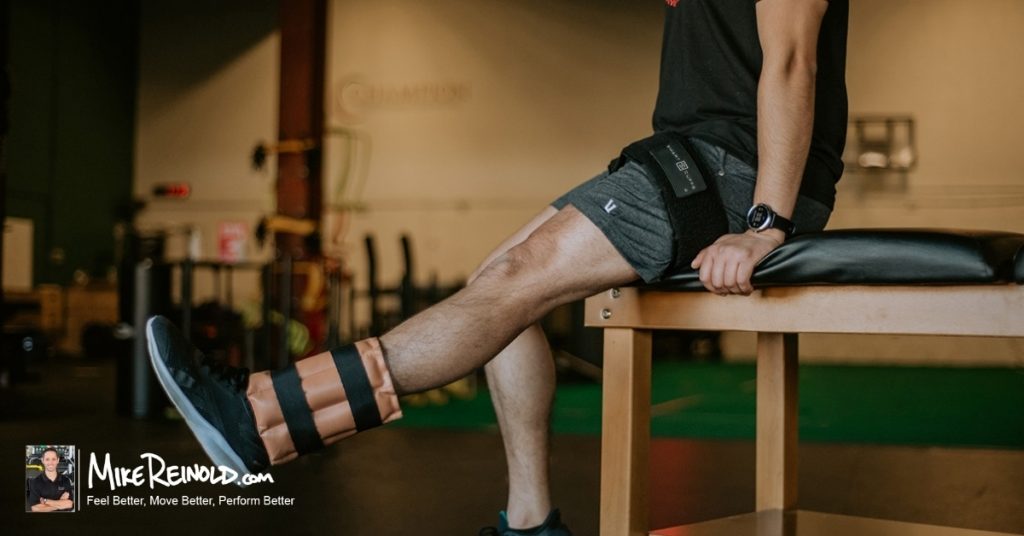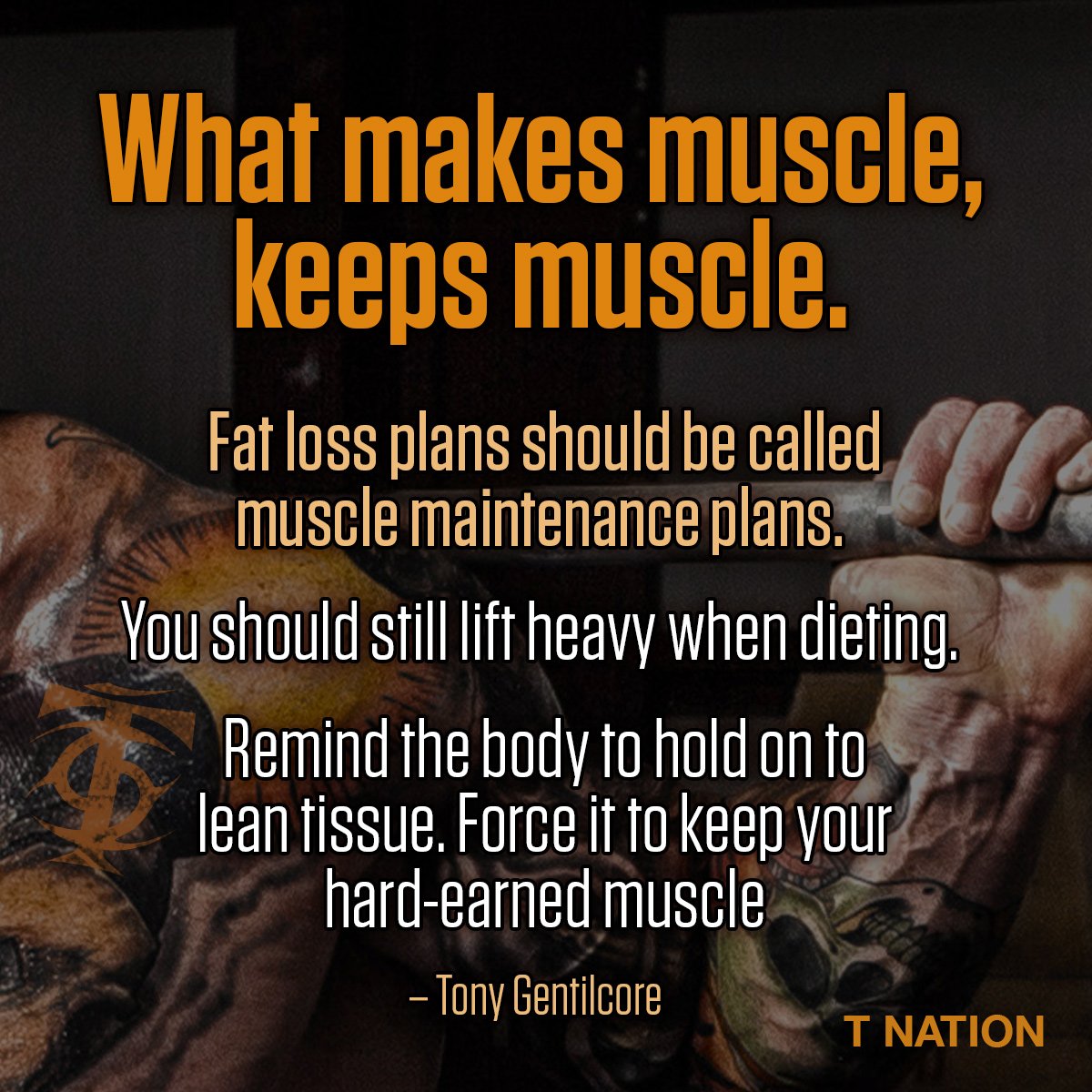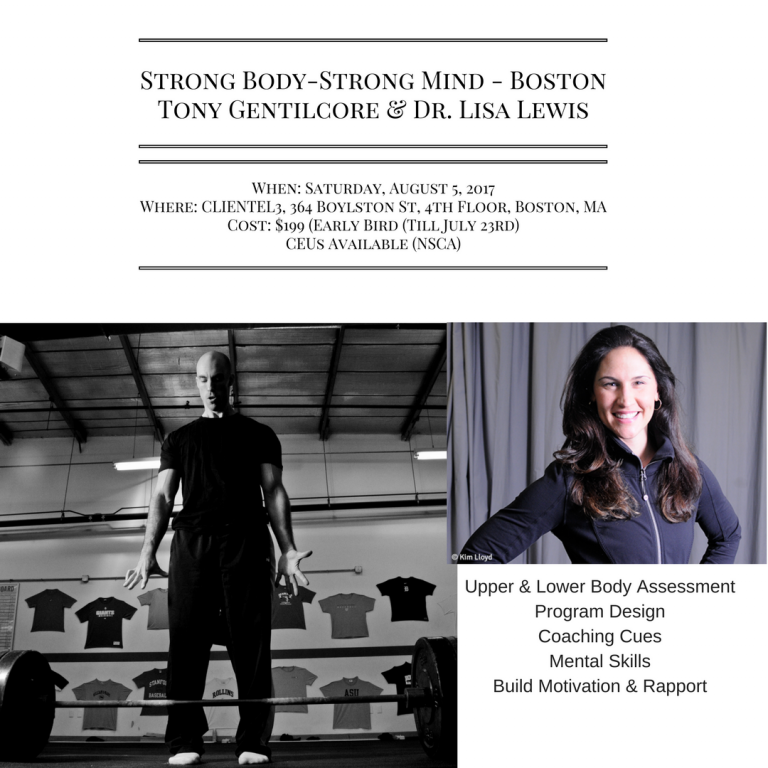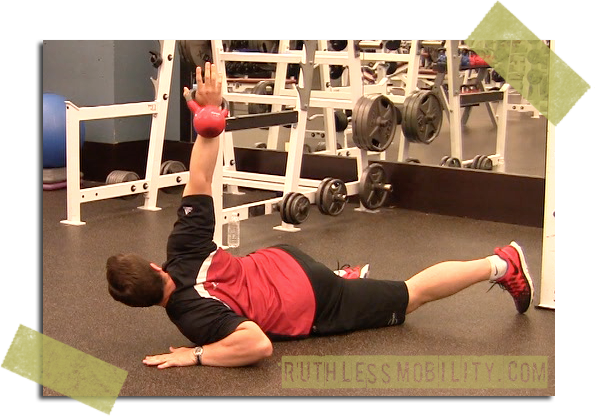You know the feeling you get when you demolish an ice-cream sundae so fast that you end up with one of those annoying “brain freezes” which makes you crumble to your knees in agony and forces you to make one of those weird, contorted faces that’s about as unattractive as unattractive can get?
No?
Well, maybe a better analogy would be actor Gary Busey.
Take his face (seen to the left) which is essentially what he looks like 100% of the time, and you’ll know exactly what I’m talking about.
Okay, now that you have an ample visual: that was me this past weekend during the Cressey Performance Fall Seminar. Not to suggest, of course, that I was swimming in a cocktail of vodka and bat-shit crazy, which is more than likely a typical breakfast for Mr. Busey.
Oh snap! No I didn’t! That’s a Busey burn!
But rather just to suggest that 1) my brain hurt so much from all the quality information thrown my way that I wouldn’t be at all surprised if that’s how I looked and 2) that I needed a day away from blogging in order to decompress, digest, and assimilate all the information.
All told we had roughly 150-175 people make the trek out to CP to hang out, network, and listen to several pretty smart dudes discuss everything from CrossFit to corrective exercise to coaching types to twerking.
Maybe not that last one (next year?), but needless to say there was A LOT of stuff that was covered. In lieu of all the glowing comments and reviews that followed via Facebook and Twitter, there were a number of people who asked if we filmed the seminar.
Sadly we did not. But I’m going to take the opportunity today to try to highlight a few points and insights from each presentation.
Today I’ll cover what Eric Cressey, Brian St. Pierre, and Mike Reinold discussed.
Cracking the CrossFit Code – Eric Cressey
Starting the morning off with a bang, Eric decided to address one of the more hotly debated topics in the fitness community: CrossFit.
Contrary to popular belief Eric (as well as myself) aren’t adamant CrossFit “hater” protagonists.
We both see a lot or redeeming qualities in it, but we’re also not dowsing ourselves in the Kool-Aid. Nevertheless, here’s some points Eric hit on.
1. Interestingly, Eric started off his talk discussing how history is loaded with selective retention.
I’m not going to spoil the surprise (as I know Eric DID film his presentation and have to assume he’s going to offer it as product), but lets just say there’s a reference to Adolf Hitler and CrossFit.
HOLD ON: before people get all Twitter happy and say that Eric Cressey equated CrossFit to Hitler, HE DID NOT DO THIS!!!!!
But he did make a fair point that Hitler was responsible for things like improving highway infrastructure, airplane travel, and a bunch of other things. CrossFit, too, for as much as it’s poo-pooed on by the masses, does have a lot to offer.
2. Such as:
Insane camaraderie.
Unparalleled social experience.
Brand recognition.
Interval training preferred over aerobic training.
Variety.
Stresses compound exercises.
3. But there are also a fair number of caveats or “bad” points to consider as well. Such as:
Low barrier to entry.
Lack of assessment (this is affiliate dependent, but it’s fair to say that many DO NOT offer a keen assessment).
One-size fits all programs.
Prioritizes technically advanced exercises (for high reps, no less).
4. One must (and should) be able to dominate the sagittal plane if he or she is going to be succeed in a traditional CrossFit program.
5. There’s no bones about it: untrained individuals (of which are what CrossFit attracts) move like poop, and its imperative that appropriate progressions AND regressions are in place – especially if you’re going to use a “one-size-fits-all” format.
Insulin: The Hormone, The Myth, The Legend – Brian St. Pierre
 It’s always a treat when Brian makes it back to his old stomping grounds at CP. Not many people realize this (or remember), but Brian was actually our very first employee.
It’s always a treat when Brian makes it back to his old stomping grounds at CP. Not many people realize this (or remember), but Brian was actually our very first employee.
But then he had to go get married, buy a house, advance his career with Precision Nutrition, have kids and stuff, and move to Maine. What a jerk!
It’s been a pleasure to see Brian grow as a professional and he’s undoubtedly one of my “go to” guys when it comes to anything nutrition related. In his presentation he tackled the often quoted, yet often woefully misunderstood hormone insulin.
1. Insulin is ONE of MANY hormones involved in fat storage. It increases the activity of lipoprotein lipase, decreases the activity of hormone-sensitive lipase, which together leads to an increase of fat into fat cells. Insulin enhances this process, but NOT necessarily for it.
Key Concept: Insulin permits fat storage, it does not regulate it.
** For the nerds out there: The hypothalamus does.
You can gain fat with or WITHOUT elevated insulin levels. So for all the anti-carb aficionados out there who deem them more evil than Mordor: nah nah nah nahhhhhhhhh.
2. Hypoglycemia is incredibly rare.
3. The amount of insulin from protein rich food is positively correlated with satiety levels from that food. So, put another way: insulin CAN be considered a satiety hormone.
How’s this for a mindf@&k: Potatoes, which are generally regarded as one of the highest insulinogenic foods on Earth, are also reported as having one of the best satiety effects.
4. Nutrient partitioning is real phenomenon, and when used to your advantage, can help to increase recovery and adaptation to training load.
5. No news here: (purposful) exercise creates a physiological environment where carbs are even more beneficial.
Ie: carbs have their place.
Integrating Corrective Exercise With Performance Enhancement – Mike Reinold
Before I dive into Mike’s talk, let me just say that he’s an absolute Jedi when it comes to PowerPoint. Some of the graphics and tricks he uses are unreal. I’m half expecting one day for Mike to pull a rabbit out of his Macbook or go all “Prestige” on us and clone himself.
Plus, you know, he’s a brilliant therapist on the side.
1. Mike noted that if you Google “corrective exercise” in almost every picture there’s a physio ball or someone coaching the shit out of something completely innocuous, like this:
Apparently the message is this: if you’re not incorporating the use of a physio ball, you’re just pretending…..;o)
2. The term corrective exercise is a garbage term and is something that’s thrown out there in an effort for people to make themselves sound smart. There’s no shortage of long-winded definitions out there, but Mike gave one that was about as succinct and to-the-point as they come:
“Corrective exercise are exercises designed to enhance how well you move.”
3. Why corrective exercises sometimes may not work:
You didn’t assess well, or worked beyond your scope.
You picked the wrong correctives.
You are only addressing part of the problem.
You jumped straight to motor control/stability (you still need to get people stronger and emphasize strength).
Person is in pain.
*** If your correctives aren’t working, don’t work harder.
4. Components of Corrective Exercise:
Alignment (if you strengthen in misalignment you’ll create an imbalance, if you stretch in misalignment you’ll create instability).
Mobility
Stability
Postural Balance
5. Integrating correctives:
Pre-Training: work on alignment (PRI breathing drills), mobility, activation, motor control.
Within the Program: A2, B2, C2 (assist the “1” lifts)
As an example:
A1. Goblet Squat 3×8
A2. Lying Deadbugs – 3×6/side
Post-Training: repeat foam rolling, work on breathing drills (up-regulate parasympathetic system), etc.
And that’s going to be all for today. I told you there was a ton of information covered! Tomorrow I’ll highlight the presentations from Eric Schoenberg, Greg Robins, Chris Howard, and myself.

